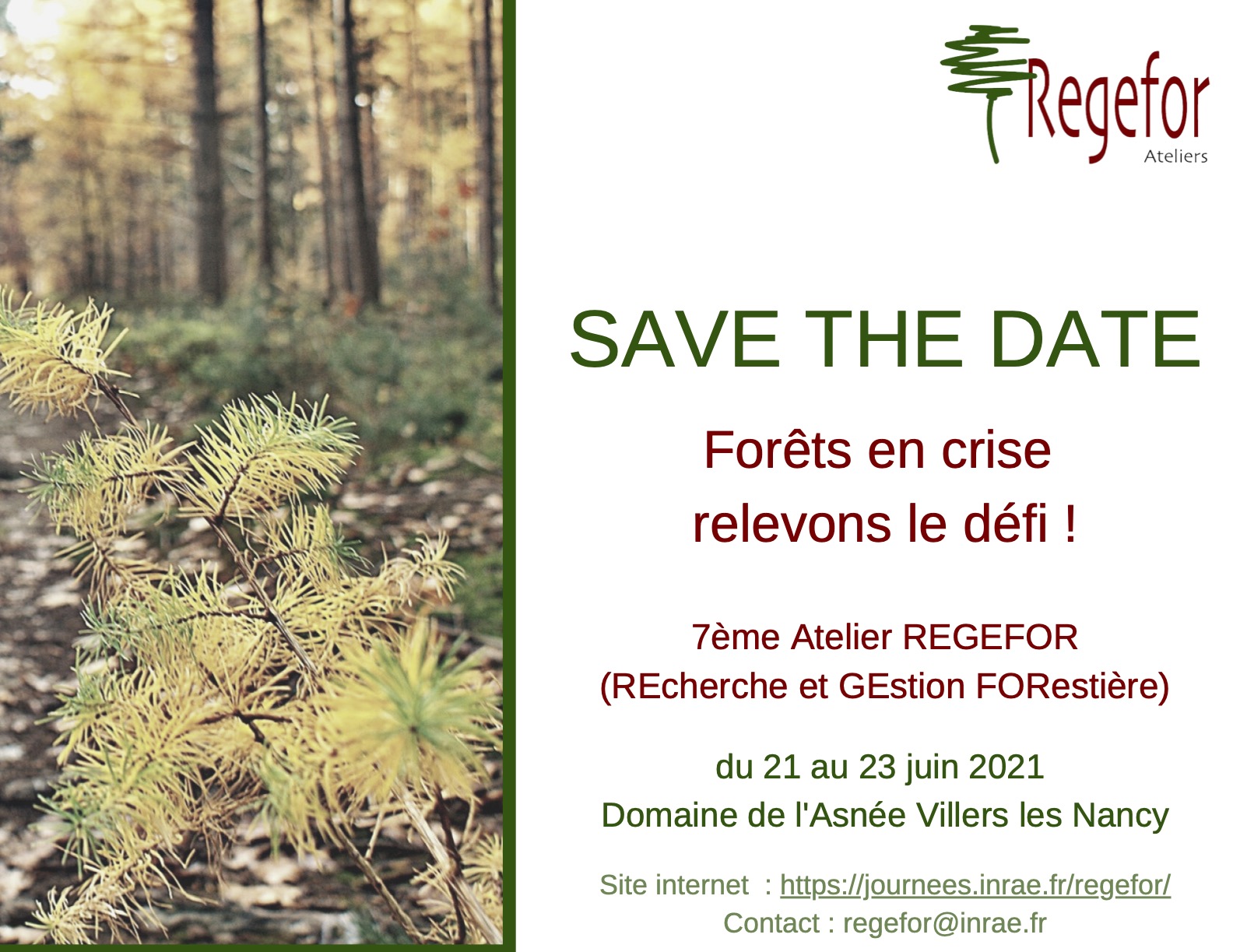
Category Archives: Meetings
DEEPSURF Conference
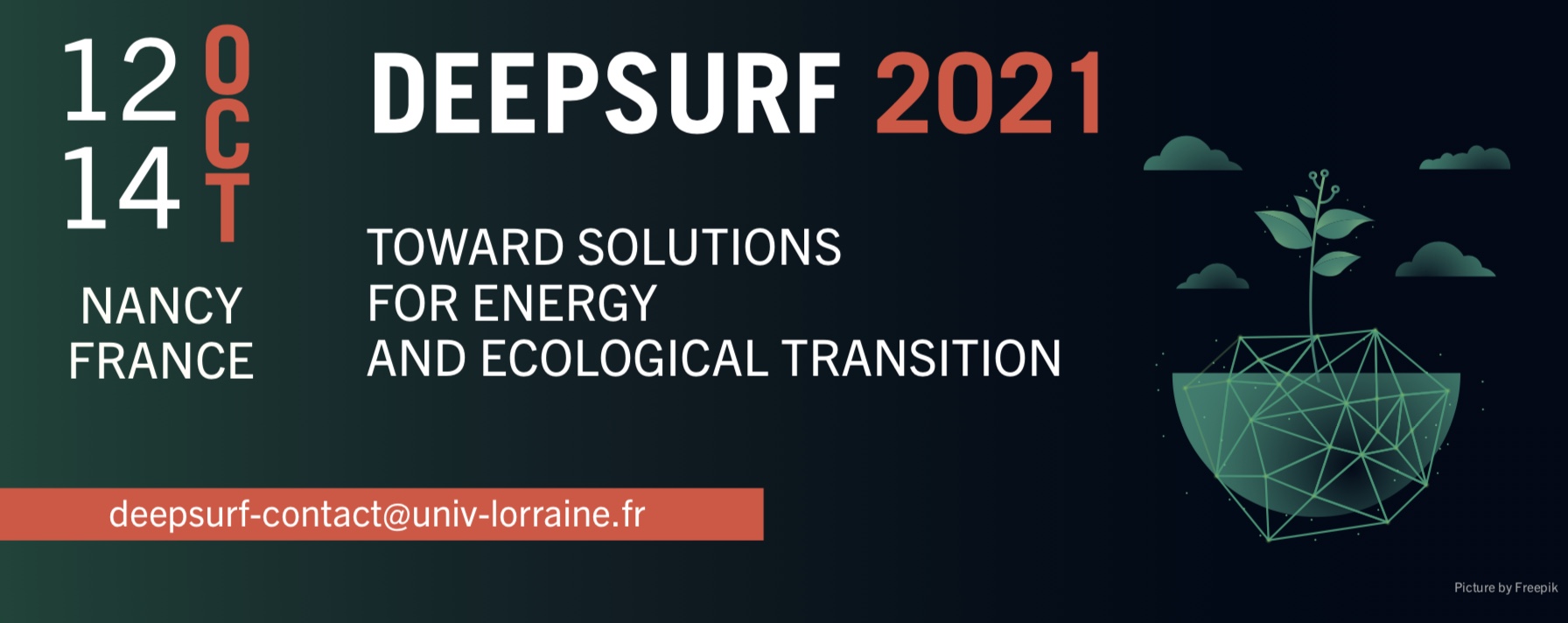
Forêts en crise, relevons le défi !
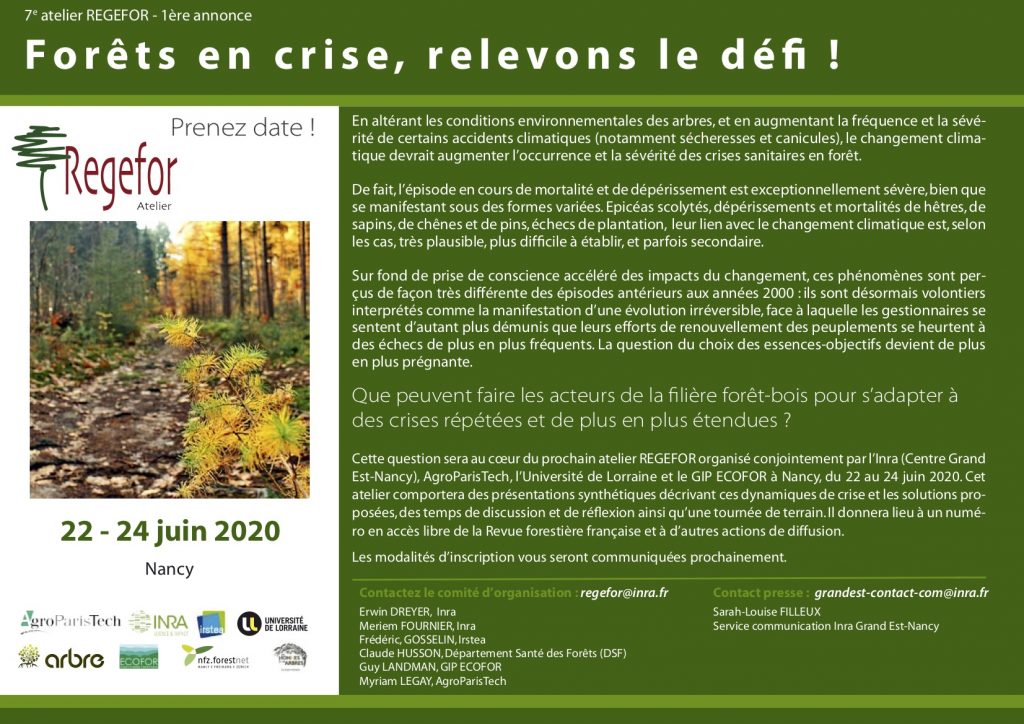
Colloque « arbre, bois, forêt et société »
L’ANR et l’ADEME organisent les 4, 5 et 6 novembre 2019 un colloque « arbre, bois, forêt et société » à Bordeaux à l’immeuble Gironde.
Le programme et tous les renseignements sont disponibles à cette adresse :
Le public visé est la communauté académique et industrielle « bois et forêts ».
Les coordinateurs des projets qui ont été financés par les deux agences ont été contactés individuellement, toutefois la manifestation est ouverte à tous les acteurs intéressés par la recherche et l’innovation sur ces thèmes.
Des séances plénières mixent interventions introductives à portée générique sur les enjeux de recherche et des focus sur des projets financés, permettant en fin de session des échanges entre différents acteurs de la recherche et du développement sur le thème.
Une session poster interactive est prévue le mardi matin. C’est une bonne opportunité en particulier pour des doctorants ou post-doctorants de présenter leurs travaux et d’échanger avec les communautés impliquées.
L’inscription est gratuite mais obligatoire.

Soutenance HdR
Cyrille Rathgeber soutiendra son habilitation à diriger des recherches (HdR) intitulée :
“Écophysiologie de la Formation du Bois : Concepts, Méthodes et Applications”
jeudi 5 septembre 2019 à partir de 14h00
Salle de conférence du Centre Inra Grand Est-Nancy

Symposium AFORCE 2019
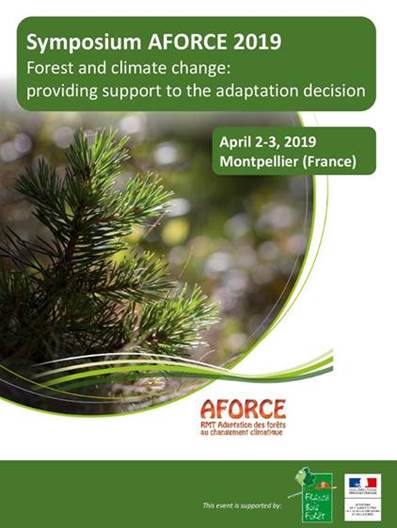
Analyzing the growing stock expansion in French metropolitan forests
Ph.D. defense: Anaïs Denardou-Tisserand
“Changements du stock de bois sur pied des forêts françaises – Description, analyse et simulation sur des horizons temporels pluri-décennal (1975 – 2015) et séculaire à partir des données de l’inventaire forestier national et de statistiques anciennes”,
Friday 8 February 2019 at 9.00 am at Amphi Cuénot (Aquarium), Nancy.
Context. After centuries of decrease, the forest area of most developed countries increase, a phenomenon termed “forest transition”. While current increase in growing stock (GS) is greater than that in area, it remains far less studied. These changes are linked to major current issues. It is essential to assess these changes, to decipher their underlying causes, and to quantify them over the longer term in order to locate current forest resources on a broad trajectory and to anticipate their future dynamics. This thesis is dedicated to French metropolitan forests, which exhibit the most intensive changes in the growing stock in Europe, and relies on data from the French NFI program.
Objectives.
(1) Analyse forest areal, GS and GS density (GSD) changes and their spatio-temporal variations over 40 years (1975-2015). They were related to factors hypothesized to feature forest changes (geographical contexts, ownership and species composition). We screened for changes in the rate of expansion. The relationships between GS changes and some forest attributes (initial GS and GSD, recent forest area increase) were investigated.
(2) Uncover the processes of GS changes and to split the GS expansion magnitude across dynamically-homogeneous forest ensembles. The study was based on GS flux estimation (growth, ingrowth, mortality and harvest).
(3) Locate the actual GS expansion in a secular perspective. This analysis consisted in reconstructing the GS chronology since 1850. Levels of GS in 1892, 1908 and 1929 (associated to area of ancient statistics) were estimated using a conditional imputation approach for GSD estimation. Then, a holistic growing stock densification model was implemented to inquire the conditions required on densification patterns and magnitude to simulate the reconstituted GS chronology.
Results.
(1) Over 40 years, GS increases were three times faster than the areal ones, underlining the intensity of forest densification. No sign of saturation was found. Private forests, and mainly broadleaved ones, presented the greatest GS and GSD increases, suggesting the essential role of natural expansion and agricultural land abandonment. Regression models revealed the positive effect of initial GS and of recent areal increases on GS expansion.
(2) The analysis of GS expansion processes evidenced the low level of harvests in comparison to forest growth, and the contribution of recent forests to wood resource development. It led to identify four synthetic forest ensembles contributing to the expansion and of distinct dynamics, mainly composed of private forests.
(3) GS suggested a very low mean GSD at the beginning of the period (25 m3/ha) and a GS increase by almost +300% between 1892 and 2010, underlying the importance of this expansion. A convex growth model was required to simulate historical forest densification, attesting of a significant inertia in wood resource reconstitution after the forest transition, interpreted based on a gradual decrease in harvest rates for which indices were collected, or to a gradual recovery of site fertility. The analysis also suggested a distinct kinetics for GS densification in plantation forests.
Conclusions. These researches reveal the magnitude of GS expansion and the importance of its analysis across forest contexts. This ancient expansion does not present any current sign of saturation and constitute a persistent carbon sink which should not decrease in the next decades assuming similar contextual conditions. According to the process analysis of GS expansion, a significant fraction of the GS increases does not constitute readily available additional wood resources. Thus, future harvest intensification policies must be contextualized and evolving in time.
Keywords: forest expansion – forest transition – forest area – growing stock – volume – basal area – forest composition – forest management – land-use abandonment – plantations – harvest – national forest inventory
Colloque annuel et conseil scientifique du LabEx ARBRE
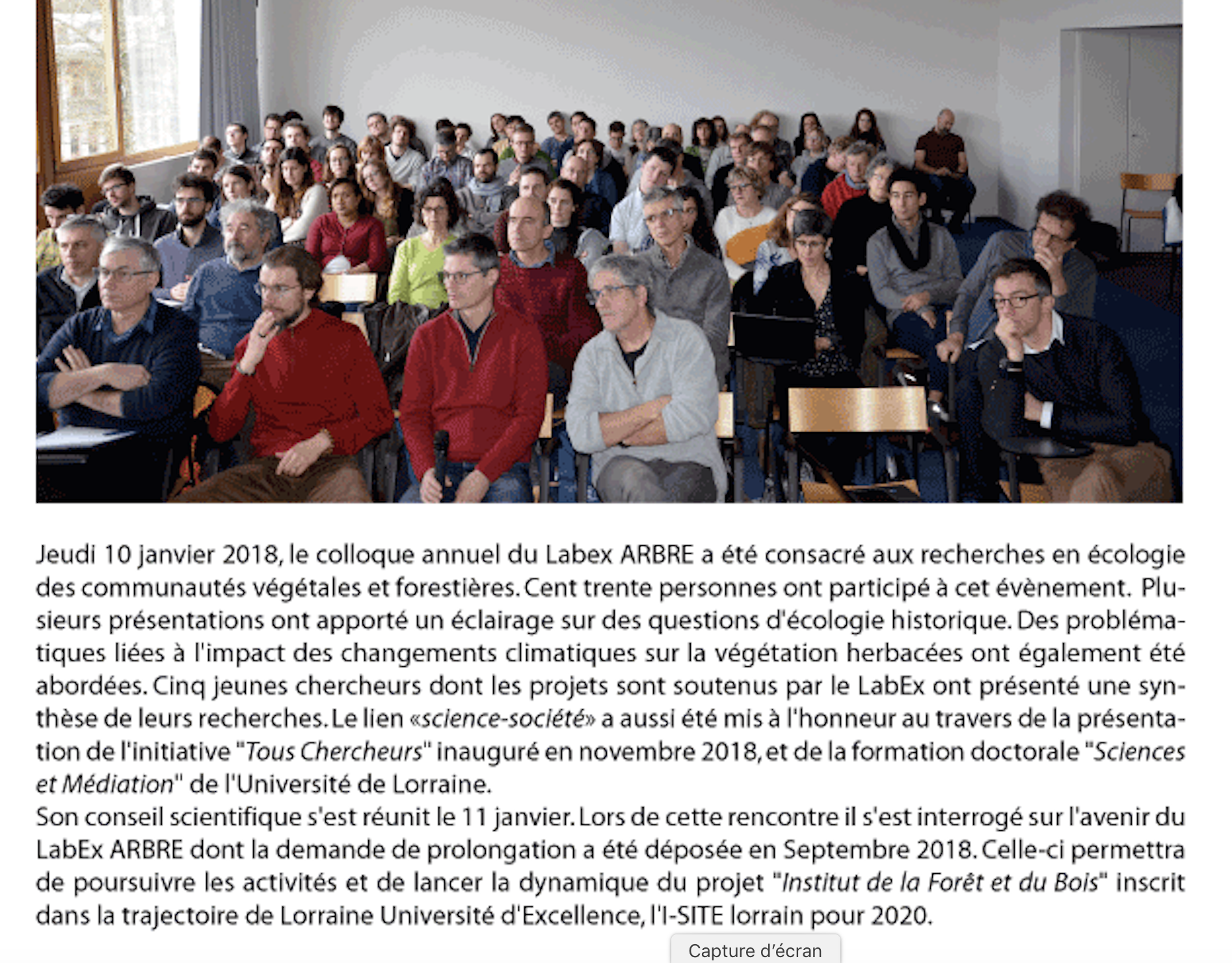

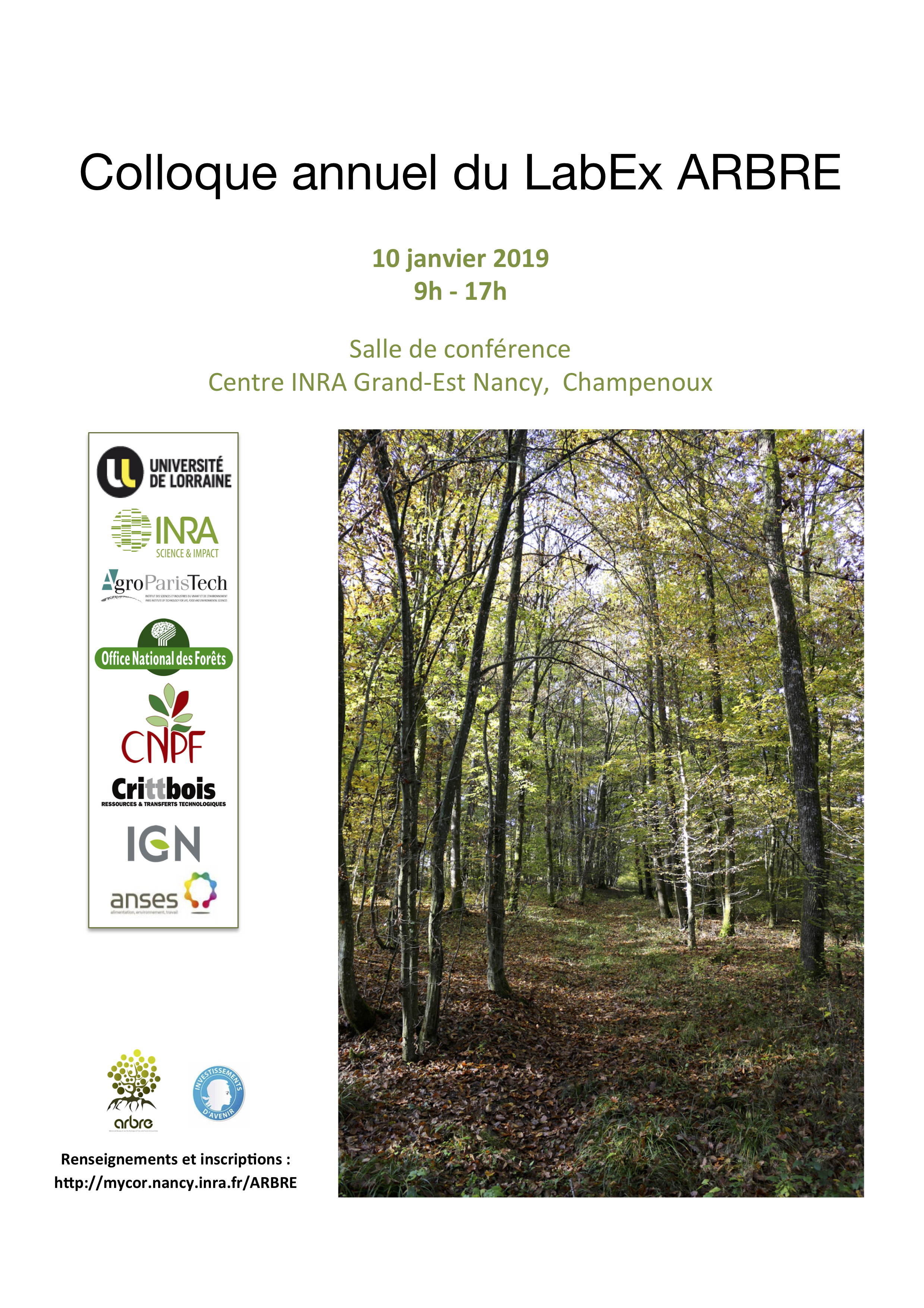 To register, follow this link …
To register, follow this link …


